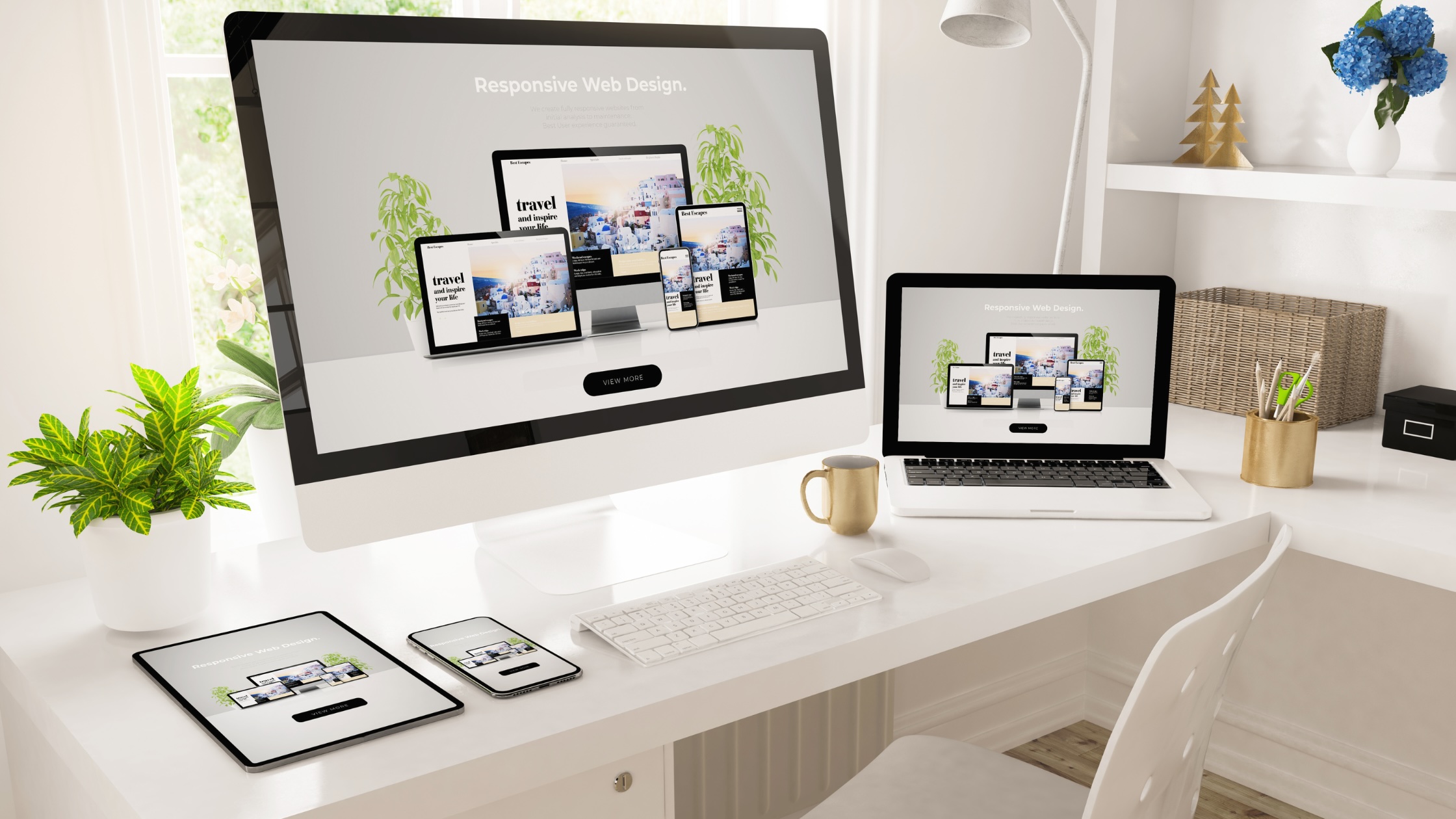When was the last time you searched for something on Google? Likely your answer is, “just a few minutes ago.” Most of us use search engines many times a day, whether that is to find an answer to a work question or to try to remember the name of that one movie we saw that one time with that one amazing actress… 🤔 Every time you type some keywords into that Google search bar, you will be on the receiving end of someone’s SEO, or Search Engine Optimization, which ensures you are delivered the results you need.
Good SEO helps your customers to find you
So, now put yourself on the other end of that keyword search, as the person who has the information or service someone needs. Google is a tool that both you and your customers use to connect with each other. You are using specific strategies to help them find you and they are able to use keywords to get the information, products or services they need. SEO simply refers to the way you optimize your website or content to make it easier for this connection to occur.
Of course there are other search engines you can use, but most SEO focuses on Google because they take up more than 80% of the market share for searches performed. And why do you want higher rankings on Google? Because, like most things good marketing does, it increases your credibility, reach, brand awareness and potential for conversions, allowing you to effectively reach your target audience and create a wider customer base.
Effective SEO uses:
- Keyword research to identify the keywords your customers are using when they search on Google or another search engine.
- On-Page SEO, or optimization of your website’s structure and content using relevant keywords.
- Off-Page SEO, which builds your reputation and credibility by acquiring quality backlinks from other sites.
- Technical SEO to optimize the efficiency and functionality of your site, such as speed, mobile-friendliness and overall performance.
When you perform a search on Google, you will usually see an AI response followed by ads. These ads will look like regular search results except for a small “Ad” label in the corner. When you use SEO, your goal is to show up at the top organically, right after the ads, so that you can be the first real result your customers see.
Boost your SEO and rank higher to outperform your competitors
So, you (rightly) want to focus on SEO to get in front of more customers, rank consistently higher in searches and build credibility? If we are being honest (and as a PR company, honesty is at the forefront of what we do), it is difficult to figure out SEO all on your own. That is why we have dedicated members of our team who specialize and can either help our clients along or do it all for them to save them the time and the hassle. If you have ever tried (and failed) to navigate the backend of your website, research and utilize keywords or play with “Rank Math” you know it’s worth the money!
We offer our clients real results because they are based on strategy, especially when it comes to SEO. We don’t just pick and choose keywords, blog topics or content. Everything has research behind it, with a desire to help you hit your business goals and growth.
Head to our website to check out our client case studies or contact us to learn more about how we can help you with your Search Engine Optimization!





